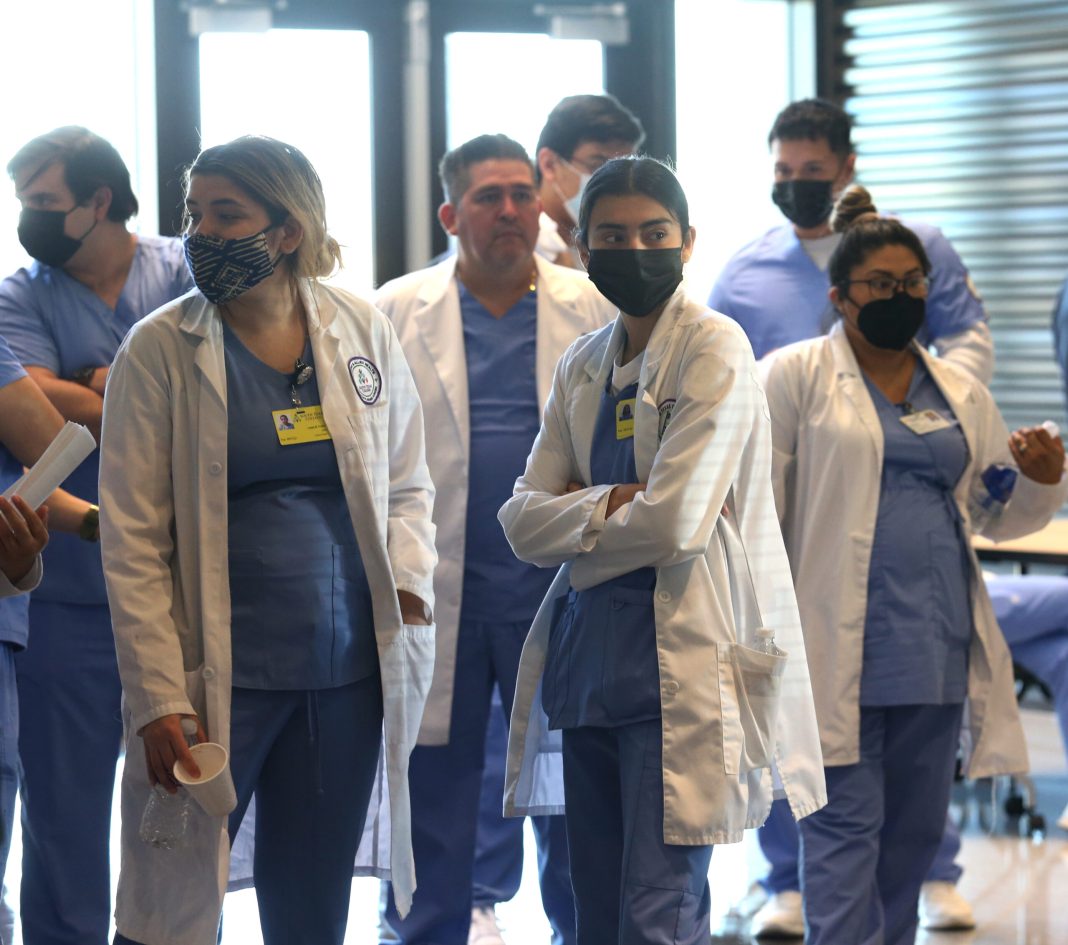|
Only have a minute? Listen instead
Getting your Trinity Audio player ready...
|
It’s no secret that the nation has faced a nursing and doctor shortage since the COVID-19 pandemic, a time when medical professionals worked under extreme circumstances at their own peril and often without rest for days. Among those who underwent the most challenges were healthcare facilities that experienced staffing shortages, especially in the nursing field which further emphasized a need for healthcare workers.
In the Rio Grande Valley, which has since suffered the loss of more than 4,000 people to the coronavirus, the need for medical resources was never more prevalent as hospitals required refrigerated trucks to store the dead during the height of the pandemic, the summer of 2020.
While the pandemic has diminished, the need for more medical staff has not as the Valley continues to grapple with other health conditions, such as diabetes and heart disease which have long been prevalent in South Texas.
Earlier this year, local hospital representatives in the Valley explained that although a nursing shortage did occur during the pandemic due to many leaving direct patient care, they were slowly beginning to see an uptick in returning nurses as communities continued to move into a post-pandemic world.
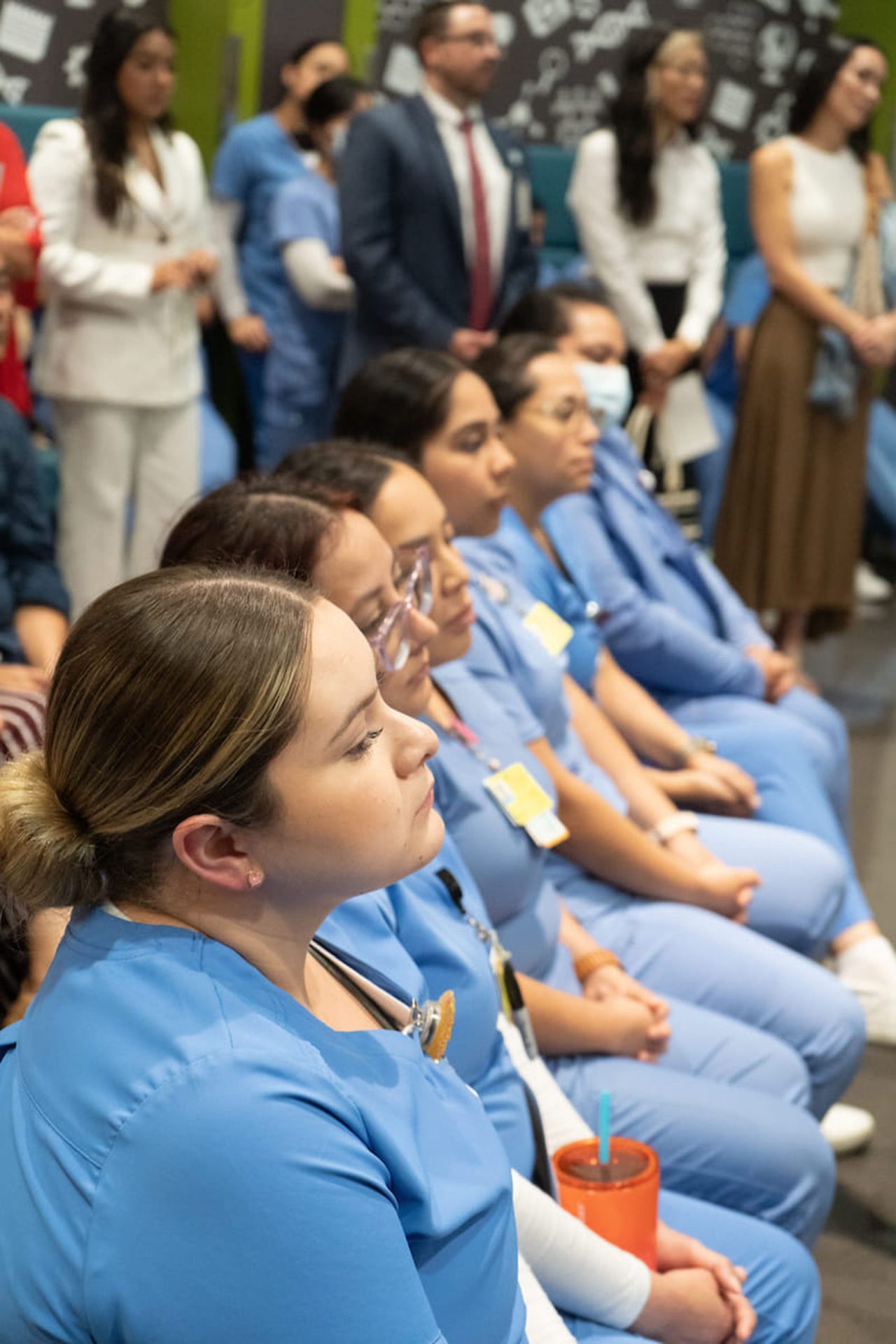
Some attributed the return to the pay stabilization in the U.S. while others returned after the stress of the pandemic, which caused fatigue and burnout in nurses, began to wane.
Along with nurses returning to healthcare facilities, local institutions such as South Texas Health System and DHR Health were ensuring nurses had the necessary support by hiring more certified nurse assistants or CNAs as well as focusing their efforts on prioritizing recruitment and outreach.
With the new year around the corner, The Monitor spoke to representatives once again for an update on their efforts to bridge the gap in the nursing and doctor shortage.
Here’s where they are.
According to DHR Health President Susan Turley, they are beginning to see an increase in nursing graduates that have helped begin to fill the need.
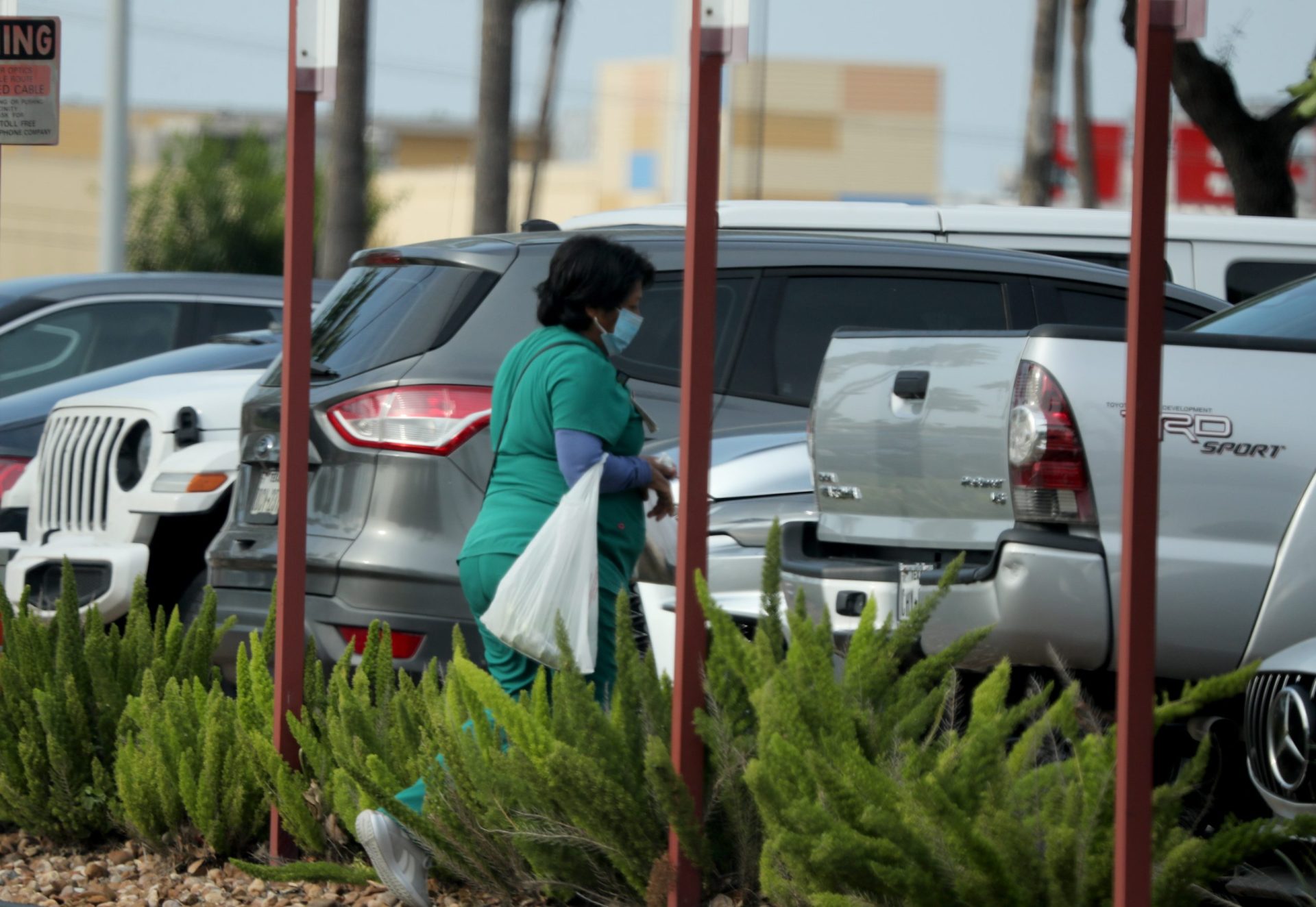
“From a nursing standpoint, I think the state has stepped up and provided funding to the colleges to expand the number of nurses they are able to graduate,” Turley said, adding that the recent graduates have helped decrease the number of nursing vacancies at their facility.
She explained that they began the year with about 180 nurse vacancies. Now as the year is coming to a close that number has dropped to a total of about 75 vacancies.
Kennetha Foster, system chief nursing officer at STHS, shared a similar sentiment adding that, just in the month of December, more than 250 nursing students graduated between South Texas College and the University of Texas Rio Grande Valley.
“We’re starting to see a shift in the market,” Foster explained, adding that with more graduates a majority of specialty areas, such as the intensive care unit, are reaching staffing capacity.

In fact, she explained more staffing is now required in areas such as the telemetry department and step down departments that do not have high acuity patients.
Along with more nursing graduates filling up the necessary positions, Turley explained that the hospital has also pivoted their focus on the work life of their employees.
During the pandemic many physicians and nurses suffered from fatigue with about 52% of healthcare workers reporting burnout, according to an article from the National Library of Medicine.
In 2021, the hospital saw a turnover rate of about 50% during the height of the pandemic. Now two years later Turley explained their turnover rate is below the national standard.
In order to prevent healthcare workers from feeling overwhelmed with work, institutions such as DHR Health have hired more physicians to meet the demands in the area.
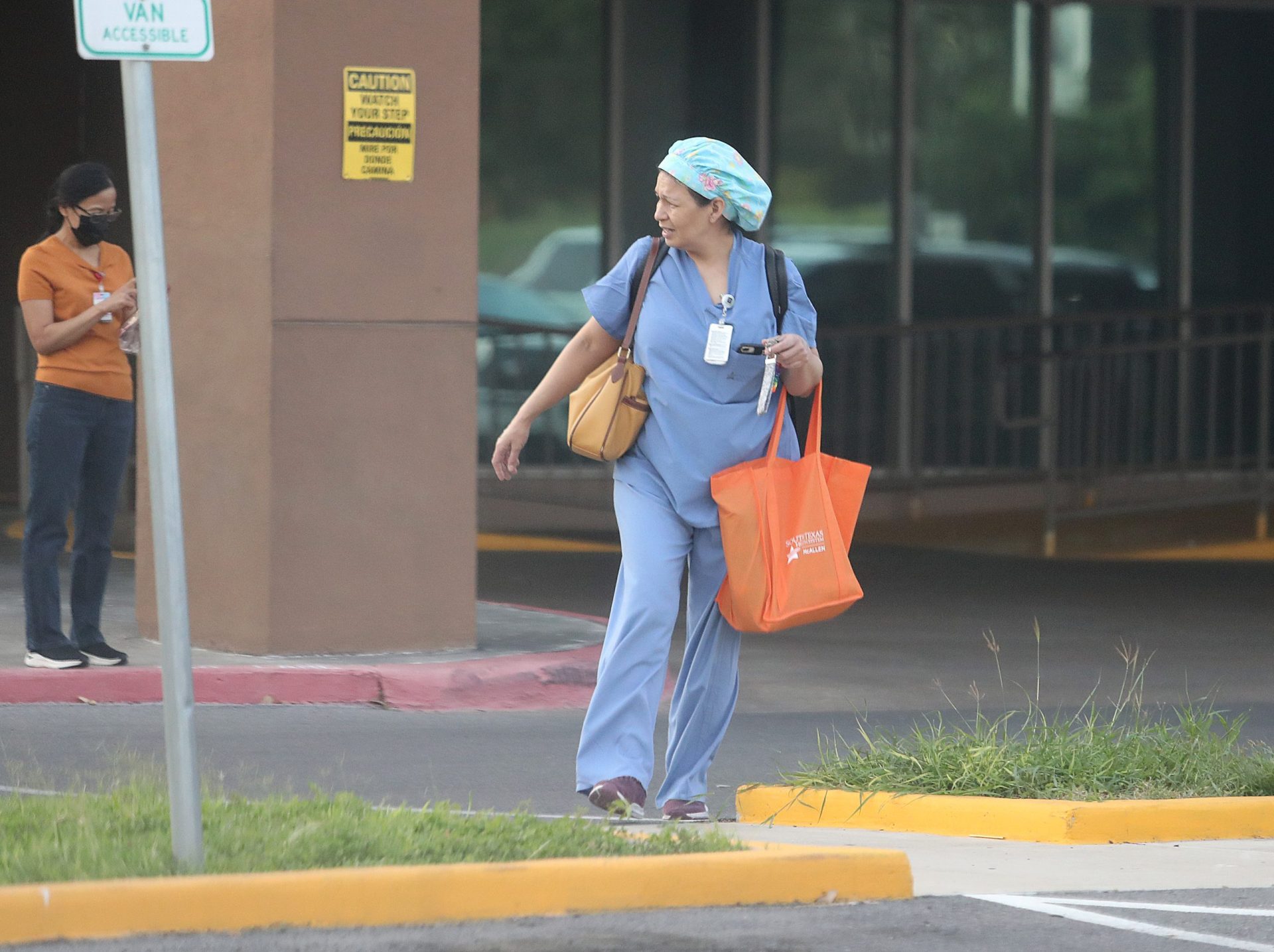
According to Turley, the hospital hired about 40 physicians in 2023 in hopes of decreasing overall patient wait time.
The increase in staffing has allowed them to focus their efforts in retaining their current nurses, she said.
Foster explained that tenure nurses play a vital role in the industry as they help create a seasoned workforce that ensures a larger skill set.
She explained that they offer their employees a wellness program and make efforts to remain competitive with their pay rates.
As the hospital systems move into the new year, they hope to continue working with local schools through various nursing programs.
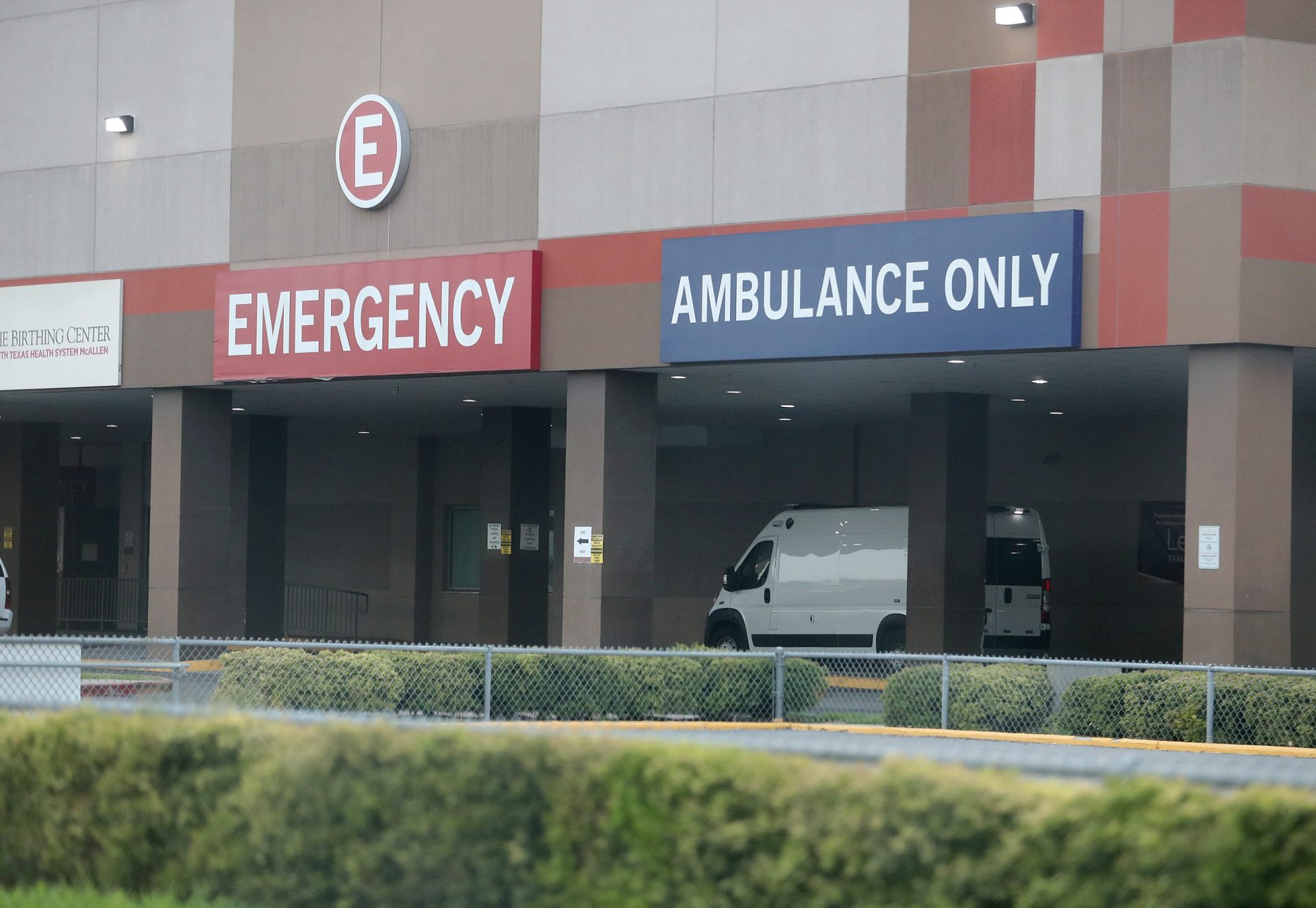
“We want to continue to work with our nursing partners, our schools, to be able to offer clinicals, where our nursing students can come and do clinicals here at our facilities, (to) make sure that we’re exposing them to each of our hospitals to find what is best for them,” Foster said.
Turley explained that DHR Health currently offers a nurse tech program in which graduating nurses have the opportunity to work at the hospital to gain experiences in various departments.
Once the program is complete they can move on to DHR Health’s nurse residency program, where they gain additional critical care training.
In 2024, DHR Health also plans to establish a nurse apprenticeship program funded by a federal grant, and will continue to work with local colleges such as STC, which has a robust nursing program.
At STHS, Foster said the hospital system plans to add 18 beds at the neurosciences ICU and provide more nursing opportunities there.
Medical experts, meanwhile, say that while COVID-19 cases remain small in the region, hospital and healthcare facilities continue to see cases of acute flu and chronic heart conditions, especially in the emergency rooms.

